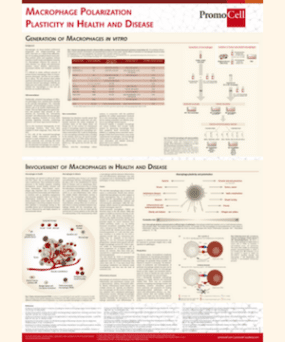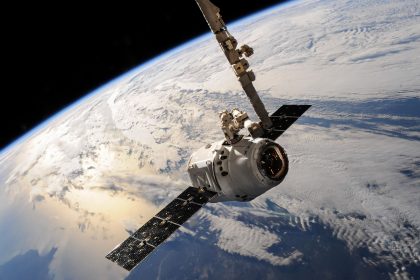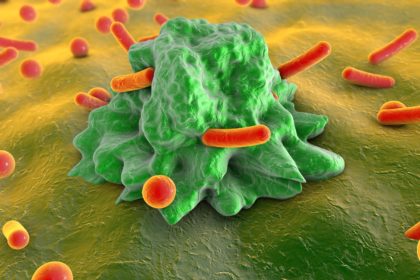 A roar, a bright fireball and a white line slashing through the clouds – on May 13, 2018, the TEXUS research rocket left the ESRANGE Space Center near Kiruna, Sweden, harboring a precious cargo: human macrophages. A newly developed microscope was closely observing the cells and recording live images during the parabolic flight, a way of simulating weightlessness. The experiments had been planned and designed by a team around Professor Oliver Ullrich and Dr. Cora Thiel from the University of Zurich, Switzerland, and the University of Magdeburg, Germany.
A roar, a bright fireball and a white line slashing through the clouds – on May 13, 2018, the TEXUS research rocket left the ESRANGE Space Center near Kiruna, Sweden, harboring a precious cargo: human macrophages. A newly developed microscope was closely observing the cells and recording live images during the parabolic flight, a way of simulating weightlessness. The experiments had been planned and designed by a team around Professor Oliver Ullrich and Dr. Cora Thiel from the University of Zurich, Switzerland, and the University of Magdeburg, Germany.
The aim of the experiments was to observe the reactions of essential cell structures, such as the nucleus and the cytoskeleton, to the altered gravity (Tauber et al., 2017). Observations conducted by Ullrich’s team on the ISS in 2015 showed that macrophages can adapt extremely fast to microgravity, reducing the concern that an impaired immune system ultimately would mean that people could not survive outside of the Earth’s orbit (Thiel et al., 2017). We invited Prof. Ullrich to talk about the scope of his current project and his future plans.
Immune cells can quickly adapt to microgravity
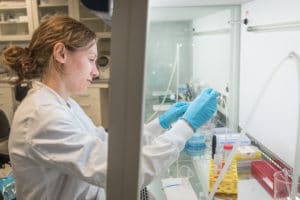
PromoCell: What is your current research focus?
Prof. Ullrich: Gravity has been a constant factor throughout the evolution of life on Earth and has played an important role in the architecture and morphology of all biological systems. We are investigating whether and how cellular and molecular functions respond and adapt to gravitational changes, or whether they strictly depend on Earth’s gravity. We aim to understand how a gravitational force transduces into a cellular reaction, how gravity influences molecular and cellular homeostasis and function, and finally, we want to obtain fundamental data for an appropriate risk assessment of long-term space missions.
PromoCell: Why are you using macrophages in your studies?
Prof. Ullrich: In our studies, we were really surprised at how quickly the macrophages and human T lymphocytes adapted to an altered gravity environment. That proves the general existence of ultra-fast adaptation responses, and hints at the possibility that other cell types respond this way, too. Macrophages are critically important for the entire organism. Macrophages not only eliminate pathogens, they also clear out billions of apoptotic cells every day and are responsible for the constant and balanced regeneration and homeostasis of the body’s cellular architecture. This means that the adaptation potential of one tiny cell type could lead to huge beneficial consequence for the entire organism.
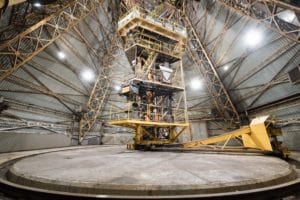
PromoCell: How fast can the human body adapt to changes in gravity?
Prof. Ullrich: The entire human organism is an unbelievably complex system that responds and adapts to microgravity at different levels and at a varying pace. Our experiences are that a huge number of molecular reactions occur surprisingly fast, whereas systemic effects take longer, for example, in the musculoskeletal system. We recently observed adaptation responses in transcriptome analysis that took just minutes.
PromoCell: How extensive are the cellular responses to microgravity?
Prof. Ullrich: Because gravity has been constant throughout the evolution of life, no pre-set adaptation program can be expected, and the cellular response may therefore be less organized than other adaptation processes. Indeed, many in vitro studies have demonstrated extensive alterations in almost every cellular and molecular aspect that was examined in more detail (Thiel et al., 2017; Thiel et al., 2017; Thiel et al., 2018). In contrast, long-term studies with animals and humans completely lack this dramatic picture of short-term cellular effects, which indicates a very efficient adaptation process. We assume that the human body and its cells are equipped with a robust and efficient adaptation potential when challenged with low gravitational environments.
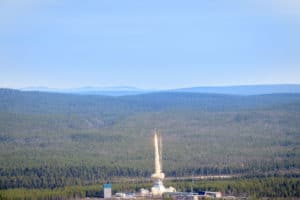
PromoCell: What is the aim of your most recent research project with the TEXUS rocket that launched on May 13, 2018?
Prof. Ullrich: Cellular adaptation to the microgravity environment can only be studied and understood with dynamic measurements. However, dynamic monitoring of cytoskeletal organization during long-term exposure to real microgravity is still missing, due to the lack of appropriate live-imaging facilities in space experiments. Live-imaging experiments on board the International Space Station and research rockets could greatly contribute to the understanding of the structural and molecular dynamics of cellular adaptation to microgravity. The technology required – a compact confocal laser spinning disc fluorescence microscope (FLUMIAS) – has been recently developed by the German Aerospace Center (DLR). So in the TEXUS mission we were able to study the dynamics of cytoskeletal and nuclear reaction, as well as adaptation to an altered gravity environment.
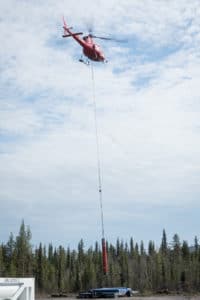
Careful planning is the key to successful experiments in space
PromoCell: What has been the biggest challenge in this project?
Prof. Ullrich: An experiment in space never forgives mistakes. An experiment in space never tolerates any carelessness. An experiment in space has to be perfect. It takes a very long time to prepare a space experiment. First of all, the development of the project idea, the preliminary experiments and tests, and the selection of the project proposal in highly competitive calls for experiments mean that all requirements have to be discussed and coordinated with the space agencies involved as well as the payload developer. Numerous tests follow to check, develop and approve the hardware. During the entire development process, the biological system must be adapted to the hardware changes in many series of tests, checked again and again, and finally standardized and validated. You also always have to include redundant procedures, reserves, plan B and C procedures, and make sure you have everything tested in every detail. The entire team is very well trained, and has to work with precision and discipline over many years.
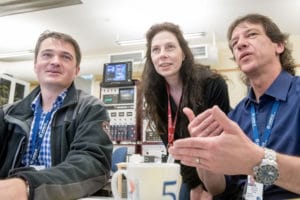
PromoCell: What is your next project?
Prof. Ullrich: Our next ISS experiments in the German and European Space Research Program will clarify whether and to what extent gravity is involved in epigenetic gene regulation and cell function, and also how well cells adapt to the new situation. Our experiments will allow us to identify microgravity-induced specific gene expression regulation at the level of every single gene. Importantly, cellular adaptation to the microgravity environment appears to include very complex changes of cellular and molecular mechanisms. It can only be studied and understood in dynamic measurements. We aim to identify key steps of the force transduction cascade at the level of individual genes, as well as of the entire genome. This is not limited to the identification of single cellular and molecular events, but includes understanding cellular response to altered gravity in an integrative context. Of course, it’s a very long road to develop a new space experiment, and to be selected and to go through all the test and development steps needed before an experiment can be integrated.
Quick facts on the launch
LOCATION: ESRANGE (European Space and Sounding Rocket Range) Space Center, near Kiruna, Sweden, 150 km north of the Arctic Circle.
ROCKET TYPE: TEXUS research rocket consisting of the payload stage and two solid rocket stages (S-30/S-31).
CELLS: Human M1 macrophages
RESULTS: The experiment was successful. Analysis of the data will require six months or longer.

